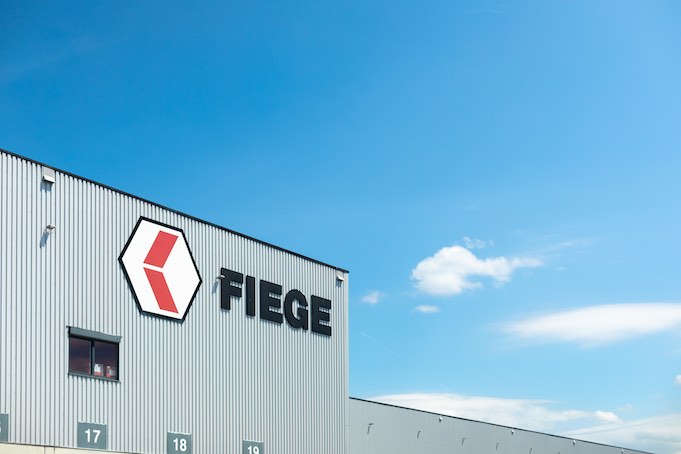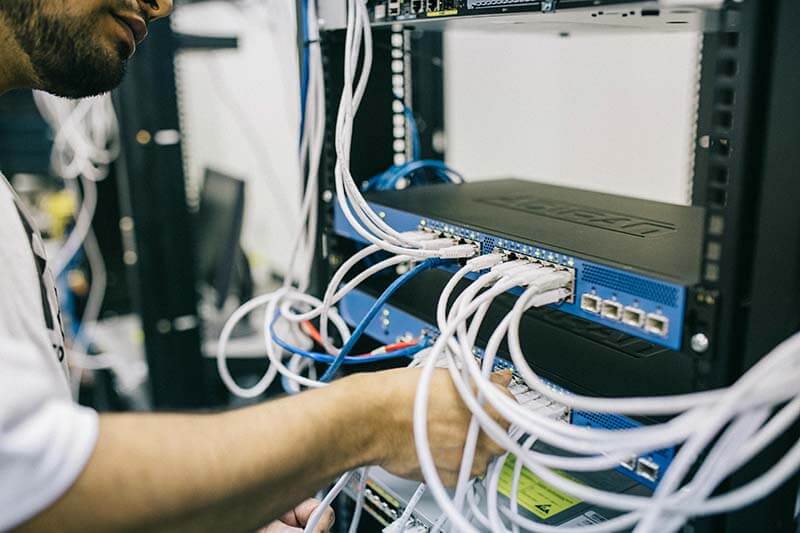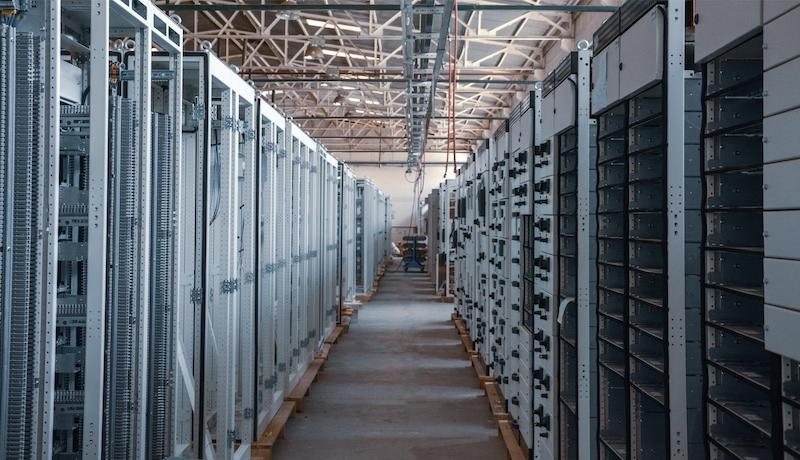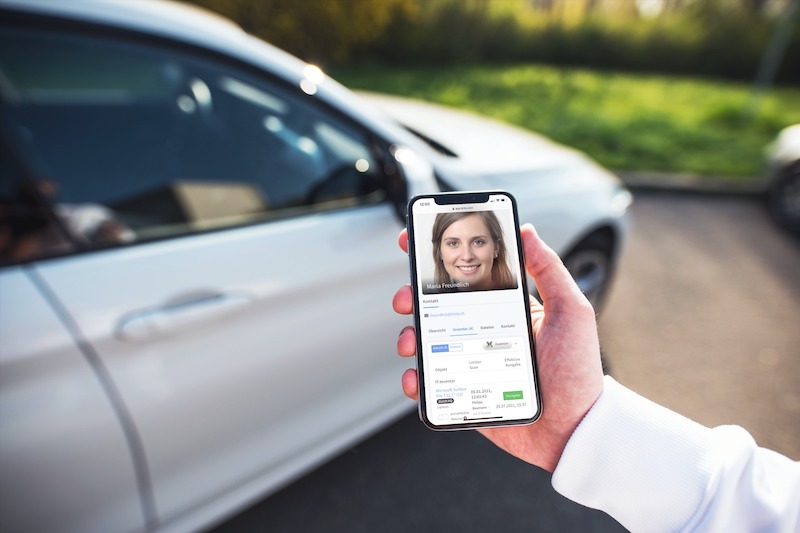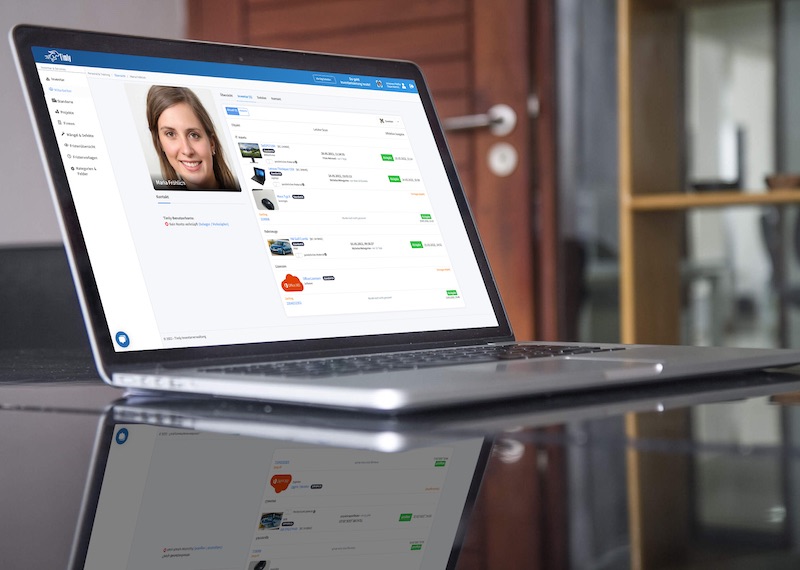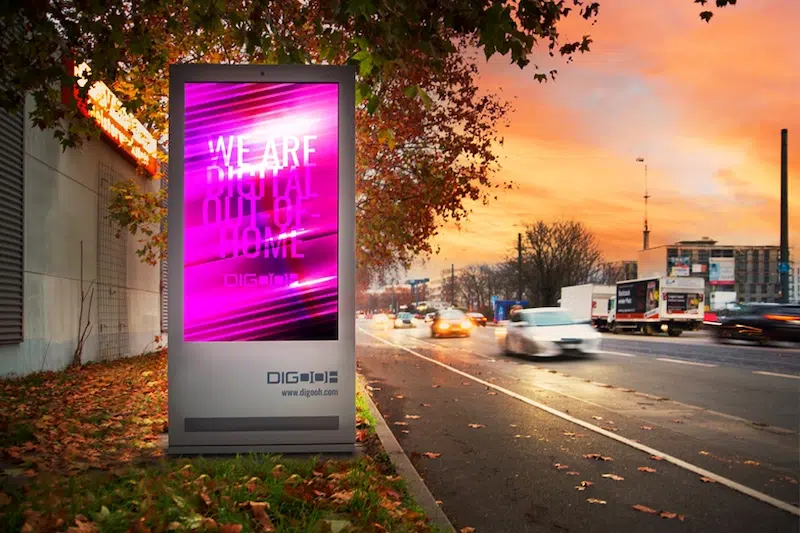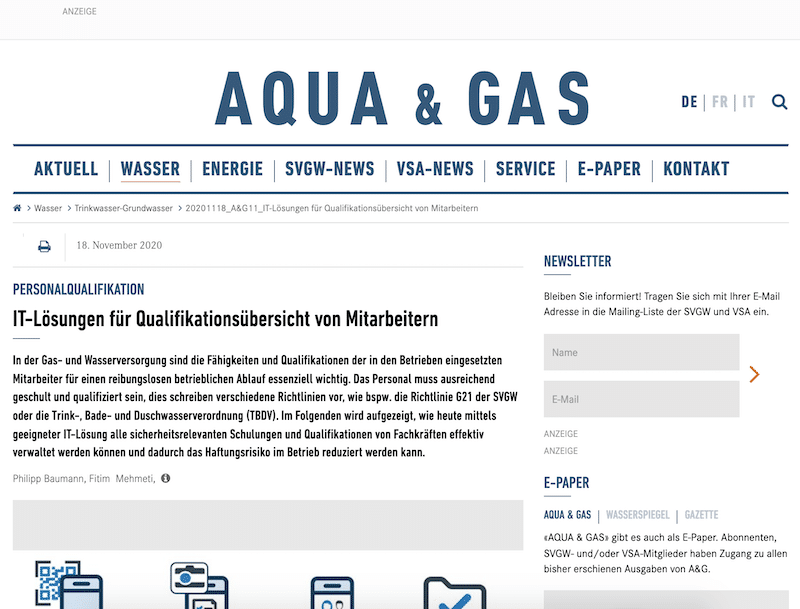
- Real-Time Data Matters: An effective inventory system relies on accurate, up-to-date records. Knowing the exact location, assigned personnel, and condition of each asset is essential. Regular updates ensure the data reflects reality, keeping inventory data trustworthy and actionable.
- Avoid Workflow Disruptions: Time-consuming processes in inventory management create unnecessary delays. When employees encounter slow or complex systems, it can discourage regular updates or tracking, leading to gaps in inventory records.
- QR Codes for Streamlined Processes: QR code-based inventory management addresses these issues head-on. Scanning QR codes is quick, intuitive, and resilient against environmental factors like lighting, dirt, and weather. This means QR codes are reliably scannable in various conditions, making them ideal for dynamic, fast-paced work environments.
- What is a QR Code?
- QR Code Inventory Management: The New Standard for Efficiency
- What Alternatives Are There to QR Code Inventory Management?
- What Are the Benefits of QR Codes?
- How Do I Create QR Codes for Inventory?
- Use Case for QR Code Inventory Management: Inventory System
- Use Case for QR Code Inventory Management: Warehouse Management
- Use Case for QR Code Inventory Management: Annual Inventory
- FAQS About QR Code Inventory Management
What is a QR Code?
Originally developed by the Japanese company Denso Wave in 1994, QR codes were designed to streamline logistics in the automotive industry. They’ve since become a useful tool for quick data sharing in all kinds of situations.
They are recognizable by three unique position markers in three of their corners. These markers help scanning devices identify and align the code quickly.
Key Features of QR Codes
- Position Markers: The three rectangular symbols ensure the scanner can quickly locate and properly orient the QR code.
- Data Encoding: The grid inside the code represents binary data that can encode text, URLs, or even complex information like images.
- Error Correction: QR codes have built-in error correction. Even if up to 30% of the code is damaged or obscured, it remains scannable.
Denso Wave eventually made the QR code standard freely available, making it widely adopted across industries. Depending on the version, QR codes can hold different amounts of data. The smallest version, Version 1, uses a 21×21 grid and holds up to 152 bits, while the largest, Version 40, has a 177 x 177 grid and can store around 2.8 KB of data.
For inventory management, QR codes are ideal. They can store simple data like asset numbers in a highly compact format, allowing for small, unobtrusive labels. With most smartphones equipped to scan QR codes directly through their cameras, no additional software or hardware is typically needed. This accessibility makes QR codes perfect for everyday tasks like inventory tracking and data access.
QR Code Inventory Management: The New Standard for Efficiency
QR code inventory management is quickly becoming a must-have solution in all kinds of industries. Simplifying inventory tracking with QR codes isn’t just practical—it’s necessary to keep up with increasing demands on efficiency.
Inventory management has taken center stage as a priority as many managers recognize the value of maximizing existing resources. Proper maintenance and regular servicing extend the life of your equipment and minimize the risk of unexpected downtime. Assigning responsibility for assets to specific employees also promotes better care and accountability.
Modern inventory software has evolved into a central hub for critical information. Tools like digital equipment files and ticketing systems offer comprehensive oversight, streamlining processes across warehouses, offices, and even remote job sites. With cloud-based solutions like Timly, staff can access and update essential data in real time using a simple smartphone app. This ensures that every team member has the latest information, whether they’re in the office, on a construction site, or working from home.
However, seamless access to device profiles is essential. If employees face clunky or slow processes, it can impact productivity. Tasks like checking items in and out happen frequently, and inefficiencies here can lead to lost time or skipped steps. Traditional barcodes and scanners have long been used as a solution to this problem but they come with limitations. Poor readability, environmental factors, or the need for specialized hardware can slow things down, especially for remote or mobile teams.
That’s where QR codes come in. Unlike barcodes, QR codes are highly resilient—they’re easy to scan even in less-than-ideal conditions. Plus, they don’t require expensive or bulky hardware. With most smartphones equipped to scan QR codes directly through their cameras, employees can seamlessly integrate inventory management into their daily routines, no matter where they are.
What Alternatives Are There to QR Code Inventory Management?
While QR code inventory management offers a lot of advantages, it may not be the perfect fit in every situation. In some cases, alternative technologies could be more suitable depending on specific needs. For example where there are limited mounting options, existing hardware infrastructure, or planned automation with radio receivers. Here’s a look at some common alternatives:
1. Barcodes
2. NFC Tags
However, NFC requires specialized readers installed at every location where inventory is. While the tags are affordable, they are still more expensive than QR codes, which can simply be printed.
3. BLE Tags
4. Data Matrix Codes (DMCs)
Choosing the Right Solution

What Are the Benefits of QR Codes?
There are many reasons to optimize your processes with QR code inventory management. From small, space-saving labels to robust error tolerance, QR codes offer a versatile solution for modern businesses.
1. Compact and Flexible Labeling
2. High Error Tolerance
3. Smartphone Compatibility
4. Seamless Access to Asset Information
By adopting QR code inventory management, businesses can enjoy a cost-effective, efficient, and highly reliable system for tracking assets, reducing errors, and improving overall productivity.
How Do I Create QR Codes for Inventory?
1. Generate and Print QR Codes
2. Durable Marking Options
3. Innovative Label Solutions
4. Use Inventory Software for Automated QR Code Generation
Inventory software like Timly streamlines the process by generating QR codes automatically for recorded assets. This eliminates the need for third-party software, saving time and ensuring consistency across your inventory system.
No matter the method, integrating QR codes into your inventory process is simple and highly effective, making it easier to track and manage your assets with precision.
The Timly Software in Use

Optimized Device Management With Innovative Self-Inventory
SodaStream is the world market leader for water sparkling systems for domestic use and has a lot of IT equipment at its various locations. Many colleagues now work from their home offices. A digital solution for the efficient management of IT end devices became necessary...
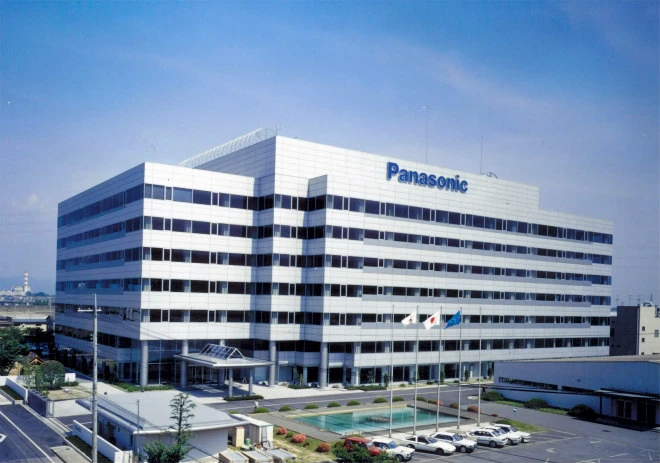
Panasonic x Timly: Driving Technological Innovation
One of the most remarkable aspects of human ingenuity is our ability to innovate. Innovation is embedded in the DNA of consumer electronics giant Panasonic, which has diversified into a number of sectors, from heavy industry to construction...
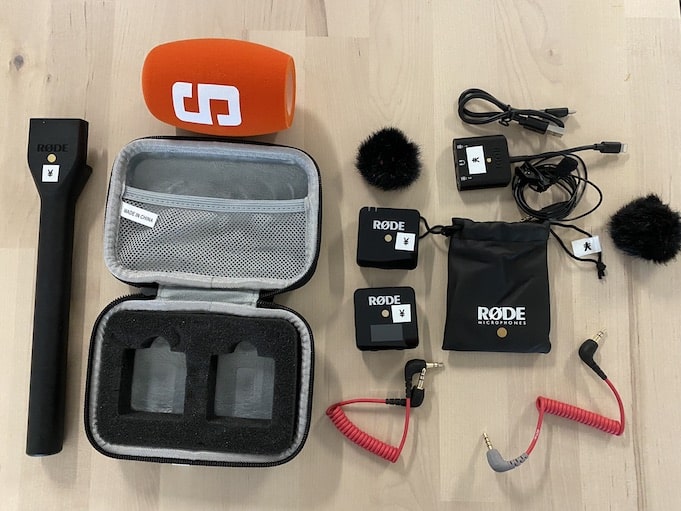
Manage Video Equipment Efficiently Without Much Effort
The Hamburg media company always does outstanding journalistic work and is characterized by independent reporting. In order to maintain journalistic quality, the teams work with highly specialized devices – these need to be managed efficiently...

Smart City Asset Management – Timly in Use at DIGOOH
The core business of DIGOOH Media GmbH in Cologne is to manage digital city light posters (DCLP) for outdoor use in various cities in Germany. The challenge here lies in making the client’s communication message always available at the right time, in the right place...
(No credit card required)
Use Case for QR Code Inventory Management: Inventory System
Implementing QR code inventory management is a smart and straightforward way to track assets. Each item in your system is assigned a unique QR code label, allowing its device profile to be instantly accessed with a smartphone. If your inventory software is cloud-based, this access isn’t limited to a single location. Staff can retrieve and update information from construction sites, home offices, or any other remote work environments.
Real-Time Access and Updates
Beyond Basic Tracking: Enhanced Features
These features enhance transparency and streamline operations, all while keeping the process of accessing and updating device profiles simple and secure. QR code inventory management ensures that your team has the tools they need to stay organized and efficient, no matter where they’re working.
Use Case for QR Code Inventory Management: Warehouse Management
Automated Replenishment and Notifications
With minimum quantity thresholds set in the warehouse management system, QR codes help trigger automated alerts or reorder processes when stock levels run low. This ensures that inventory is replenished proactively, avoiding delays or stockouts.
Enhanced Spare Parts Management
QR codes enable staff to access detailed product profiles instantly. Information such as serial numbers, installation instructions, and technical specifications can be stored and retrieved easily. This simplifies the management of spare parts and ensures accurate record-keeping.
Distributed Inventory Control
QR codes also support distributed inventory management. Whether stock is spread across multiple locations or within different sections of a large warehouse, employees can filter and locate items quickly without being tied to a single physical space. This improves efficiency and keeps operations running smoothly.
Use Case for QR Code Inventory Management: Annual Inventory
Annual inventory can be a daunting task, but QR code inventory management simplifies the process significantly. Instead of relying on paper lists or additional hardware, employees can perform inventory checks by simply scanning QR codes attached to assets.
Effortless Scanning with Inventory Mode
No Extra Hardware Needed
One of the key benefits of QR code inventory is its compatibility with standard smartphones. There’s no need to purchase specialized scanners. Temporary inventory assistants can use their personal or company-issued smartphones to complete the task. This makes the process more flexible and cost-effective.
Empower Employees with Self-Inventory
Self-inventory is another practical feature. Staff can scan and record the assets assigned to them using their smartphones, improving accuracy and accountability. This decentralized approach speeds up the inventory process and ensures that asset data is current without disrupting regular workflows.
Simple, affordable and reliable: The QR code
FAQS About QR Code Inventory Management
Why Should I Rely on QR Code Inventory?
QR code inventory management stands out for its simplicity and reliability. There’s no need for manual entry of device IDs, which minimizes the risk of errors.
Why Is the Compatibility of QR Codes So Important?
How Big Are QR Code Labels?
Are QR Codes Safe?
Recommended for you:
Book an online demo - free and without obligation - or create your free trial account directly.











